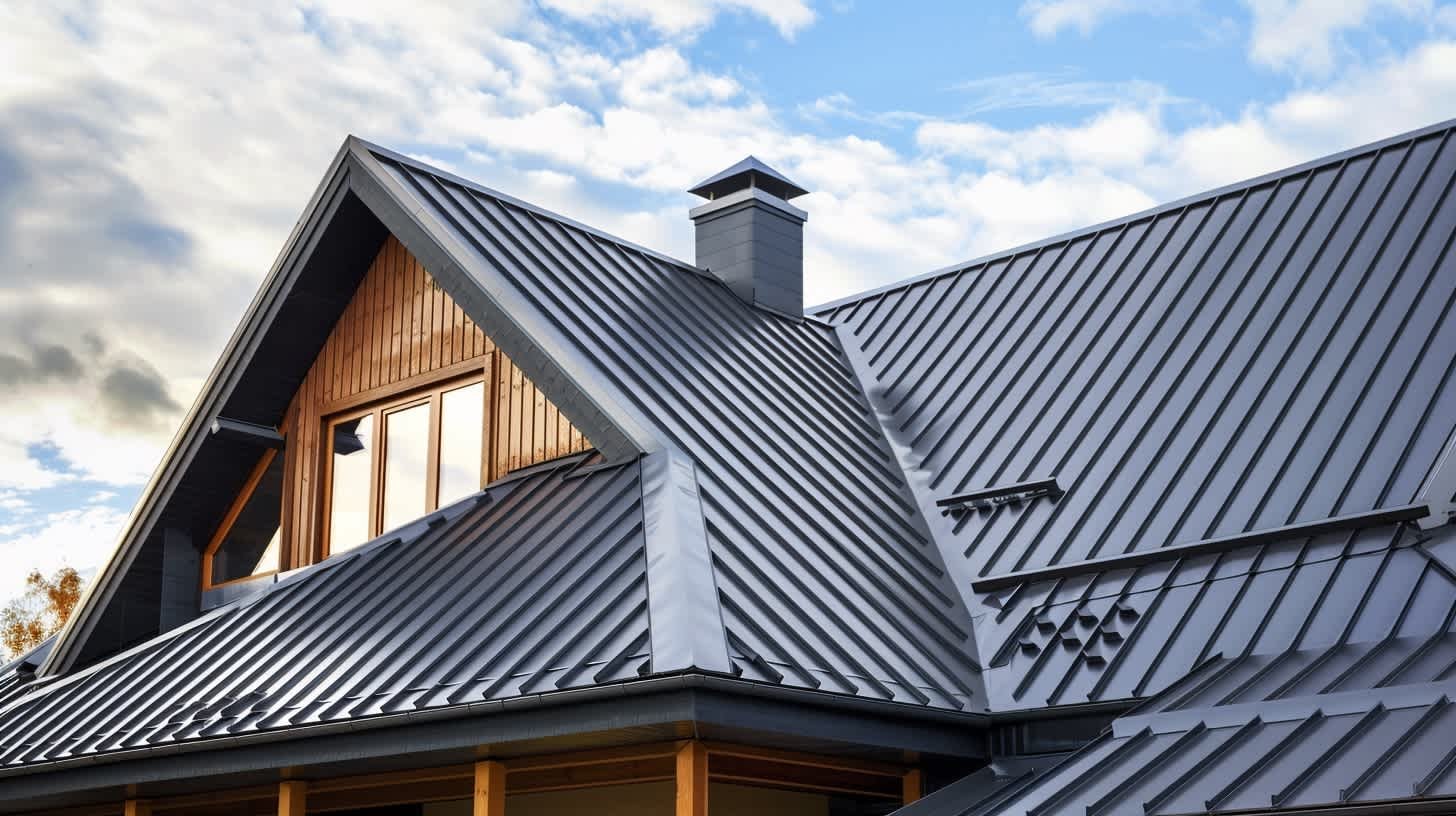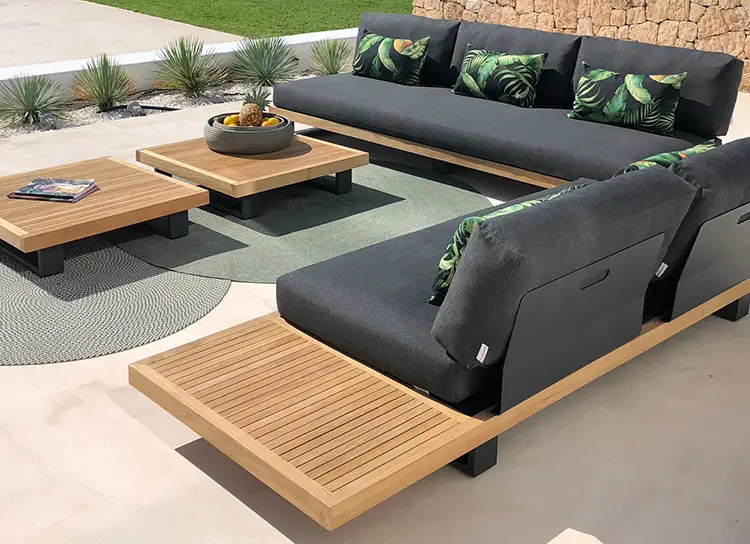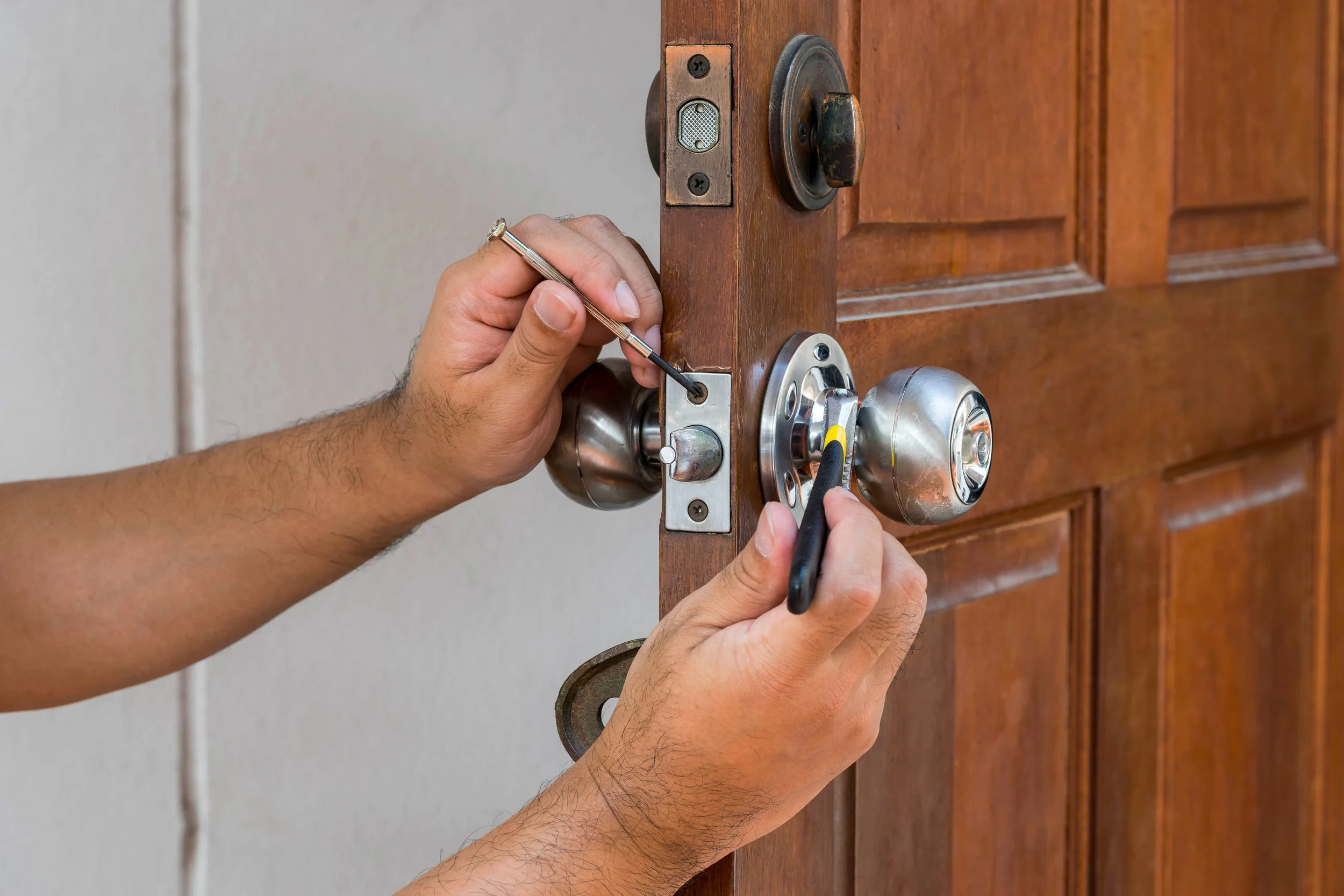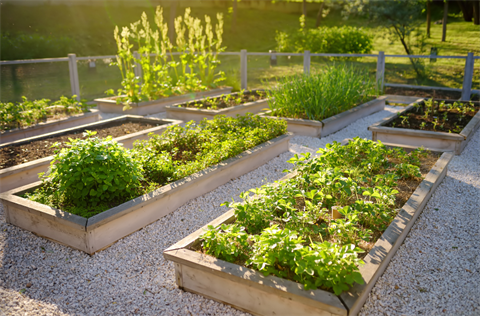The Coastal Roofing Challenge
Florida homeowners understand that living in paradise comes with its challenges. The same elements that make Bradenton such a beautiful place to live—the sun, sea breeze, and tropical weather—also make it one of the toughest environments for roofing.
Between unrelenting UV rays, salty air, and the threat of seasonal hurricanes, even the best roofs face constant assault. The real question isn’t whether a roof can survive a year of Florida weather—it’s whether it can thrive for ten.
The Daily Enemies of Florida Roofs
1. Relentless UV Exposure
Florida’s year-round sunshine may be great for tourism, but it’s brutal on roofing materials. Constant UV exposure dries out shingles, causes tile fading, and weakens sealants. Asphalt shingles, in particular, tend to lose granules faster under high heat, reducing their ability to reflect sunlight and protect against water intrusion.
2. Salt and Humidity
Coastal cities like Bradenton face high salt concentrations in the air, which can corrode metal fasteners, flashing, and even underlayment. This corrosion weakens roof integrity over time, especially if homeowners use untreated or low-grade materials. Humidity also accelerates mold and algae growth, leading to stains, leaks, and early degradation.
3. Storms and Wind Uplift
Every summer and fall, Florida homeowners brace for hurricane season. High winds test a roof’s fastening strength, while driving rain pushes water into vulnerable seams. Roofs that aren’t properly installed—or maintained—often fail under this pressure, resulting in water damage that can extend deep into a home’s structure.
The Anatomy of a Resilient Florida Roof
To survive a decade (or more) in coastal Florida, a roof must be designed for both strength and adaptability. Here’s what separates a roof that lasts five years from one that lasts fifty.
1. Quality Materials Built for the Coast
Not all roofing materials perform equally under Florida’s climate. Metal roofing, especially aluminum and galvanized steel, offers strong resistance to corrosion and high winds. Tile roofs, another local favorite, can last decades when properly installed and maintained.
Composite shingles are emerging as a smart alternative—engineered for UV resistance and impact durability. These synthetic materials replicate the look of wood or slate but provide far greater protection against Florida’s environmental conditions.
2. Proper Installation and Sealing
Even premium materials fail without expert installation. Coastal roofing requires specialized techniques—fastening systems that resist uplift, underlayment that prevents moisture intrusion, and sealants that remain flexible despite temperature extremes.
A small installation error can become a major failure point when winds exceed 100 mph. That’s why working with a skilled roofing contractor Bradenton FL homeowners trust is essential for long-term resilience.
3. Routine Inspections and Preventive Maintenance
One of the biggest mistakes homeowners make is waiting until visible damage appears. In Florida, roofs need proactive care. Twice-yearly inspections—before and after hurricane season—can identify potential issues such as cracked tiles, lifted flashing, or deteriorating seals.
Cleaning the roof to remove algae and salt buildup also helps preserve material integrity and appearance. A well-maintained roof can easily outlast its warranty period.
Energy Efficiency: The Hidden Advantage
Survival isn’t just about weathering storms—it’s also about thriving under Florida’s heat. Modern roofing materials now double as energy-saving tools. Reflective “cool roofs” deflect sunlight, reducing attic temperatures and lowering cooling costs.
Some homeowners are even turning to solar-integrated roofing systems, combining durability with renewable energy benefits. These systems are especially appealing in sun-rich coastal regions like Bradenton, where they can offset high electricity costs while reinforcing storm protection.
The Importance of Local Building Codes
Florida’s strict building codes are among the toughest in the nation—and for good reason. Each major hurricane has prompted stronger standards for roofing materials, installation methods, and fastening systems.
Homeowners who invest in roofing that meets or exceeds these codes not only gain better protection but also often qualify for insurance discounts. Compliance isn’t just about following the law—it’s about building smarter and safer in a state where nature is always testing the limits of construction.
Preparing for the Next Decade
So, what does it take for a roof to truly survive a decade in Florida’s coastal conditions?
- High-quality, corrosion-resistant materials that can handle salt and UV exposure.
- Professional installation that prioritizes wind resistance and waterproofing.
- Consistent maintenance to prevent minor issues from becoming major repairs.
- Adherence to local codes to ensure long-term safety and performance.
These elements together form a defense system—one that not only protects against the elements but enhances the home’s value, efficiency, and comfort.
Built to Last in the Sunshine State
A roof in Bradenton isn’t just an architectural feature—it’s a frontline defense against Florida’s most powerful forces. The homeowners who invest in durability, sustainability, and expert craftsmanship will find that a well-built roof can stand tall against a decade of sun, salt, and storms.
In the end, true coastal living isn’t about resisting nature—it’s about adapting to it. By choosing the right materials, maintenance practices, and professionals, Florida homeowners can ensure that their roofs—and their homes—remain strong no matter what the skies bring next.





